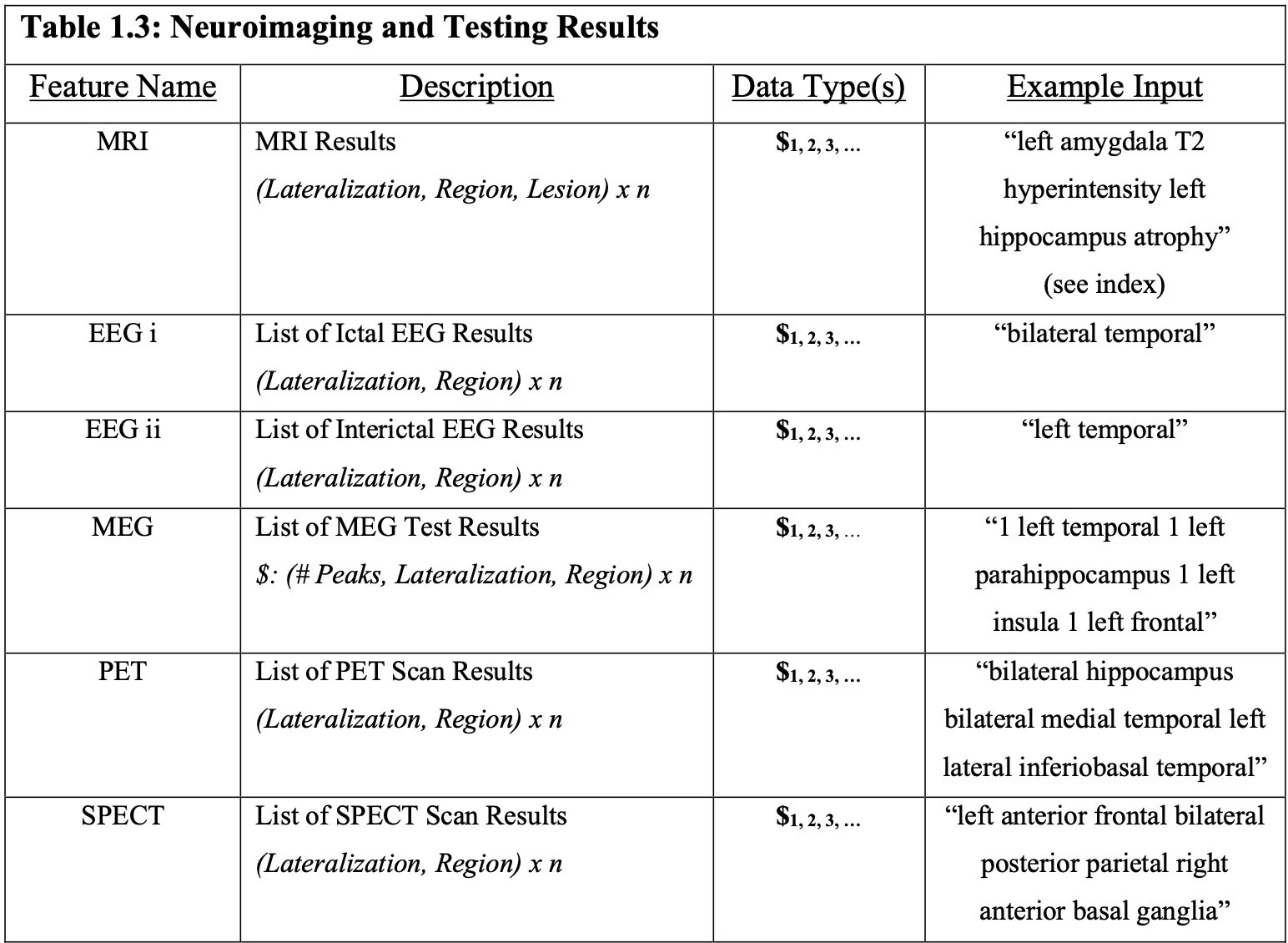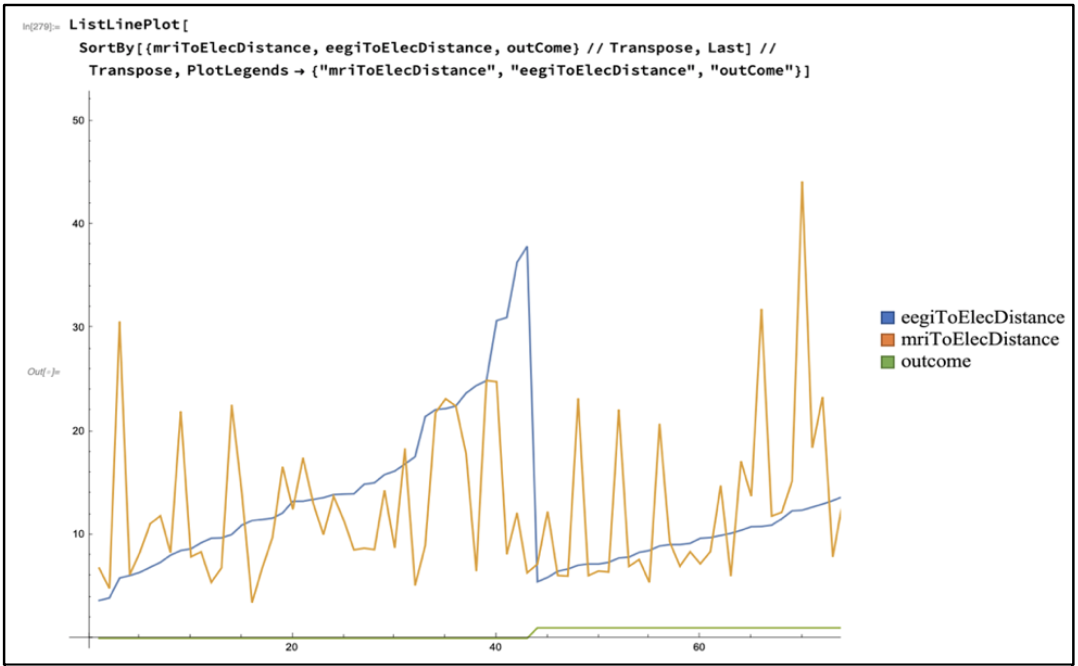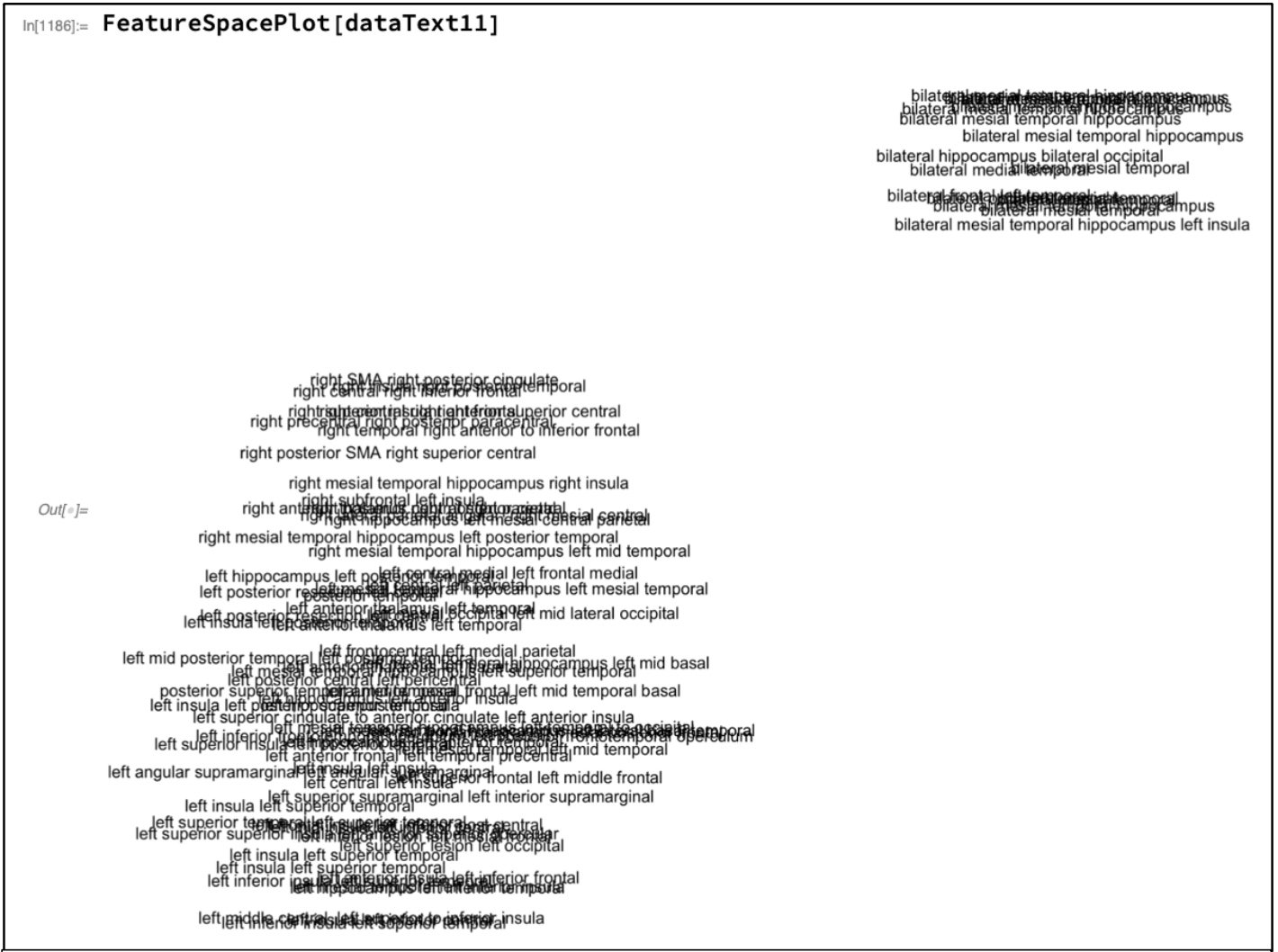
MACHINE-LEARNING ENHANCED NEUROPACE®:
A CLINICAL DECISION SUPPORT SYSTEM FOR EPILEPSY TREATMENT USING RESPONSIVE NEUROSTIMULATION TECHNOLOGY
ABSTRACT
-
Epilepsy is a condition affecting 1.2% of the United States population, with a third of impacted individuals exhibiting resistance to available medications. Most of these cases then require invasive treatments to reduce seizure burden, if at all possible. Resection of problematic brain tissue was the go-to for patients with few options prior to 2013; however, if the region was of particular importance, this left certain patients choosing between a life characterized by significant seizure burden and one involving a particular loss-of-function. FDA approval of the NeuroPace® Device in 2013 marked a turning point for the field of epileptology by offering these patients a third choice. The implanted responsive neurostimulation (RNS) technology monitors brain activity and delivers electrical impulses to regions of seizure onset whenever abnormal electrical activity is identified. By acting as an on-off switch to the regions responsible for seizure propagation, the device has delivered considerable hope to the target population.
RNS technology is still less than a decade old, though, and there remains considerable room for improvement. One such way of enhancing the application of this technology is by better identifying which candidates would likely benefit from implantation, and advising physicians of this accordingly before such an invasive operation is pursued. A clinical decision support system (CDSS) accomplishing this goal was developed from 90 clinical reports and three different machine-learning algorithms. The resulting dataset was used to teach a Mathematica program how to predict with 70% accuracy whether RNS technology would be successful in candidates considering the procedure. The odds of the CDSS accurately predicting outcomes were found to be 40% (± 30%) better than if a leading epileptologist were doing the same. Though a larger dataset, even higher level of achieved prediction abilities, and narrower range of results would have been ideal for this project, such a novel application of machine learning technology could offer immeasurable hope and potential to the field of epileptology. Further development, refinement, and broadening of this CDSS may one day allow for it to become a realistic and beneficial tool for physicians seeking to improve outcomes with RNS NeuroPace® technology.
TABLES AND FIGURES

View from my office at NYU Langone Neurosurgery Department
SUMMARY OF FINDINGS
The thesis follows the development of a clinical decision support system that is 1.4 times more accurate than leading epileptologists in predicting the effectiveness of a NeuroPace® implantation. While there is room for improvement, the technology offers potential benefits, such as reducing the need for multiple surgeries to interchange stimulating electrodes and minimizing complications and disruptions to patients' lives. Machine-learning enhanced RNS technology and clinical decision support systems have potential for further development and applications beyond epilepsy treatment. Overall, the technology is on the right path towards becoming a deciding factor for physicians in determining if their patients should receive a NeuroPace® implantation.























